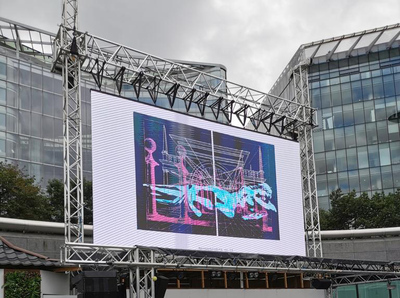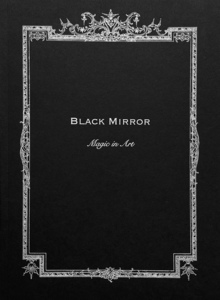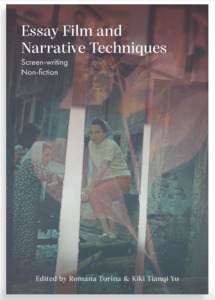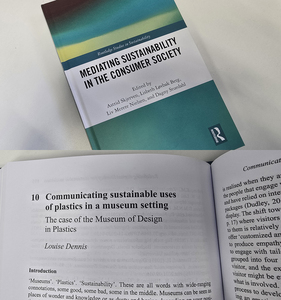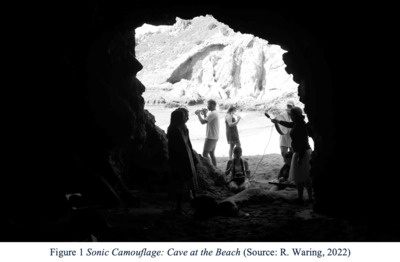The special authority invested in the war artist and the image had become denuded by the mid-1980s. Although an independent artist working to commission, Peter Howson’s work in the Balkans was considered to have crossed the line that distinguished between impersonal witness and overzealous artist. Unlike William Orpen’s impartial rendition of gross personal violation, Howson was deemed to have become both judge and jury, an advocate not an artist, corrupted by circumstantial evidence rather than remaining vigilant as an uncorruptible viewer. For his part, Howson was clear that the terms of engagement had fundamentally changed since the Great War: it was no longer simply about what could be seen or not seen, but also what was known and could not be denied.
 |



 Lists
Lists Lists
Lists

![Artistic Representations of Suffering_cover.jpg [thumbnail of Artistic Representations of Suffering_cover.jpg]](https://research.aub.ac.uk/311/2.haslightboxThumbnailVersion/Artistic%20Representations%20of%20Suffering_cover.jpg)


